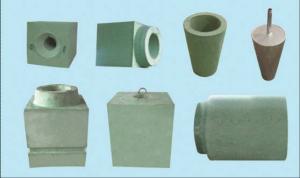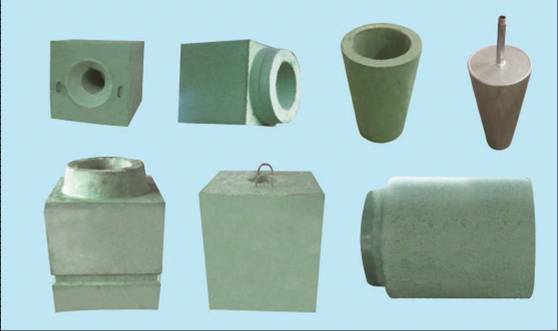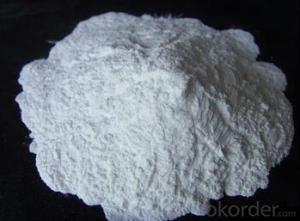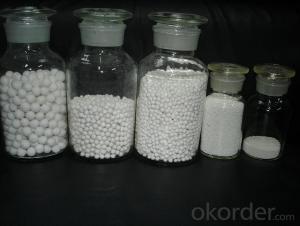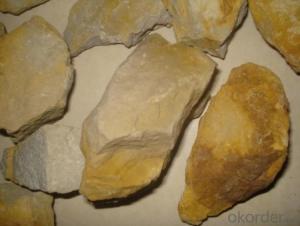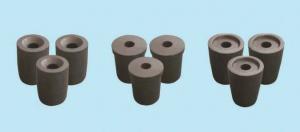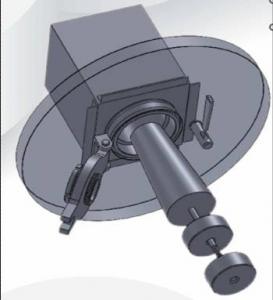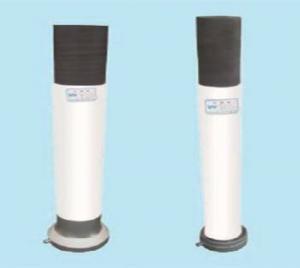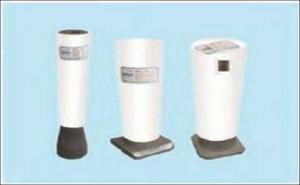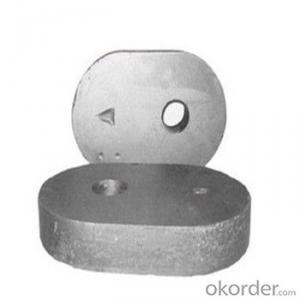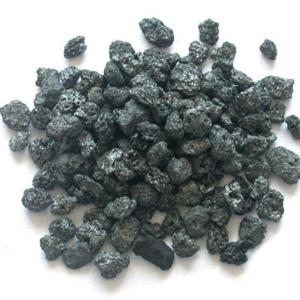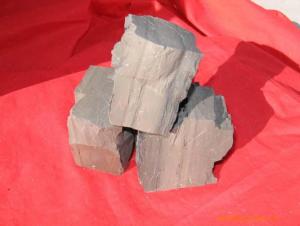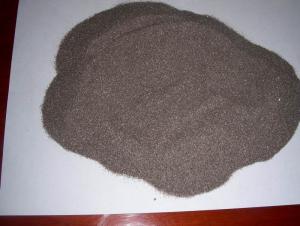Raw Materials for Refractory Ladle Nozzle Pocket Brick
- Loading Port:
- China Main Port
- Payment Terms:
- TT OR LC
- Min Order Qty:
- -
- Supply Capability:
- -
OKorder Service Pledge
OKorder Financial Service
You Might Also Like
Ladle nozzle Pocket Bricks
According to the forming method, ladle nozzle Pocket Brick can be divided into two categories, molding and vibration casted.
The products adopt a unique recipe and production process, with excellent properties of stable structure, anti-erosion, corrosion resistance, good thermal shock resistance and long service life.
Concrete material: high alumina corundum, chromium-corundum, magnesium –carbonaceous, which able to meet the production needs of various kinds of steel.
- Q: The fire prevention board line is made of what material?
- The line is a kind of composite stainless steel decorative profiles which outer layer is the matte frosted stainless steel plate and inner liningl is wooden material. It do not need to render with fine wood and also need not to buy a stainless steel plate cutting, cutting, bending, such as multi-channel intricate process, processing production. It is convenient to install through the buckle button directly on the booth. When installation, it only needs to be bolt and plug to be fixed on the wallafter blanking cut. compared with the traditional wooden play crural line, the profile is more beautiful and firm, and environmental friendly. And compared with the traditional craft production of stainless steel line, it's cheaper and more convenient to install. This product is not only sitable to decorate in the family, but also is more suitable for the hotel, hotel, office building, and the application of all kinds of public places.
- Q: What are the materials for refractory materials? What are their names?
- Basic refractories in Magnesium Oxide and calcium oxide as the main ingredient, commonly used is brick. Magnesium Oxide 80% to more than 85% containing magnesia brick, has good resistance to alkaline slag and slag, refractory clay brick and brick high ratio. Mainly used in open hearth furnace, oxygen converter, electric furnace, non-ferrous metal smelting equipment and high temperature equipment.
- Q: How many types of special refractories are there?
- Metal ceramics, high temperature coatings, high temperature fiber and other reinforced materials
- Q: What kind of material is refractory fiber?
- Refractory fiber is good infrared radiation material with good thermal capacity and infrared heating effect. The use of firefractory fiber products can effectively save energy. It is an ideal energy-saving material. Practice has proved that using refractory fiber in continuous industrial heating furnace can save energy of over 15%, and using it in interval industrial heating furnace, it can save energy of more than 30%, while increasing productivity and improving product quality. And make the furnace structure light, large-scale with good comprehensive performance. Refractory fiber is soft and flexible and it is also ideal sealing material. As it has good insulation, sound absorption, anti-oxidation, oil and water resistance and easy construction, it is widely used in metallurgy, building materials, petroleum, chemical, shipbuilding, electric power, aerospace and other fields.
- Q: Is there vermiculite in refractory?
- Vermiculite is usually used as lightweight material in refractory field, and its volume density is about 0.5.
- Q: Who knows about the differences between 3M fireproofing materials and ShiLiDe materials?
- Advertising materials can be divided into fireproofing and non-fireproofing ones which can not tell the differences with naked eyes. You can ask 3M to provide test reports or go to a the third party test organization SGS to do flame retardant test, maybe I can help you. Mineral wool board is harmful to human body, will lead to chronic poisoning, the quality of it is bad! You must pay attention to it! It can not be used in chemical and pharmaceutical plants.
- Q: How should fireproof building materials be ranked?
- Division of fire-proof grade of buildings is one of the most basic measures in the fire-fighting technology and measures of buildings. According to our national code of building design, fire-proof grade of buildings are classified into four levels of first, second, third and fourth, of which the first level is the highest in fire resistance and the fourth level is lowest in fire resistance. Fire resistance rating of buildings depends on the combustion performance and fire endurance of the building component. The so-called building component refers to the walls, foundations, beams, pillars, floors, stairs, ceilings, etc.
- Q: How long is the fire-resistant time of fireproof wooden door?
- National standards define the fireproof door as class A, class B, class C, among which fire-resistant time of class A fireproof door should not be less than 1.5 hours, class B should not be less than 1 hour and Class C should not be less than 0.5 hours.
- Q: What are the differences between first-level fire-resistant materials and second-level fire-resistant materials?
- The combustion performance of materials could be divided into: A( noninflammability), B1(flame retardancy), B2(flammability), B3(inflammability). Building materials are divided into four ranks according to these properties. 1. In accordance with Code for Design of Building Fire Protection(GBJ16-1987)(revised edition in 2001), fire hazards in producing and storage can be divided into five types. In Fire Prevention Code of Petrol Chemical Enterprise Design(GB50160--1992)(revised edition in 1999), classification of fire hazards is also achieved according to the hazards of materials that have been using, producing and storing. Measures in prevention of fire explosion could be taken from the perspectives of fire separation, fire resistance level of structures, allowable floors, safe evacuation, and fire extinguishing facilities based on different levels of fire hazards. 2. Four fire resistance rating of buildings are listed in the book Code for Design of Building Fire Protection. And specific stipulations are made to the fire resistance of main elements of buildings, such as bearing walls, beams,pillars, and floors. When designing a building, if permitted, refractory materials of high-rank should be adopted in those buildings which have high potential fire hazard and a lot of combustible material and valuable equipment. While making sure fire resistance rating, the duration of fire resistance of each elements should meet its requirements.
- Q: How to divide fire resistant level of fire door?
- The classification of fire resistant level of fire door: Grade A is not less than 1.2h. Grade B is not less than 0.9h. Grade C is not less than 0.6h. It is suitable for fire door with different levels: Grade A: Equipment room (such as fire-pump room,power distribution room, generator room, smoke control fan room, etc) door, fire?compartment, door on firewall; Grade B: Eclosed staircase, front door of stair room, smoke-proof?staircase and fire elevator share lobby door, front door of fire elevator, household door which directly opens to front room or shares room; Grade C: The vertical shaft door, such as strong electric wells, weak electric wells, pipe shaft door and air conditioning facilities. I hope this information can help you.
Send your message to us
Raw Materials for Refractory Ladle Nozzle Pocket Brick
- Loading Port:
- China Main Port
- Payment Terms:
- TT OR LC
- Min Order Qty:
- -
- Supply Capability:
- -
OKorder Service Pledge
OKorder Financial Service
Similar products
Hot products
Hot Searches
Related keywords
